In the UK, accurate translations of medical device manuals are critical due to diverse regional dialects, stringent regulations, and patient safety implications. Specialized translation services employing native-speaking medical experts ensure linguistic precision, cultural relevance, and regulatory compliance. These services use advanced tools, thorough research, and feedback loops to deliver high-quality manuals that cater to a global audience while prioritizing safety and efficacy. Translation services for Medical Device Manuals UK play a vital role in this process, balancing technical accuracy with cultural sensitivity.
Ensuring accurate translations of medical device manuals is paramount for global compliance, patient safety, and effective communication. This guide explores essential steps to achieve flawless translation, from understanding cultural nuances to leveraging technology. We delve into challenges unique to the medical field, highlighting the importance of language expertise and consistent terminology.
Discover best practices for choosing reputable translation services in the UK, implementing robust quality assurance processes, and creating comprehensive user guides that meet international standards.
- Understanding the Importance of Accurate Translations
- The Challenges in Medical Device Manual Translation
- Choosing the Right Translation Service Provider
- Ensuring Quality Assurance Processes
- Language Expertise and Terminology Consistency
- Cultural Considerations for Global Compliance
- Using Technology to Streamline Translation
- Proofreading and Editing for Flawless Documentation
- Creating Comprehensive User Guides
- Continuous Improvement through Feedback Loops
Understanding the Importance of Accurate Translations
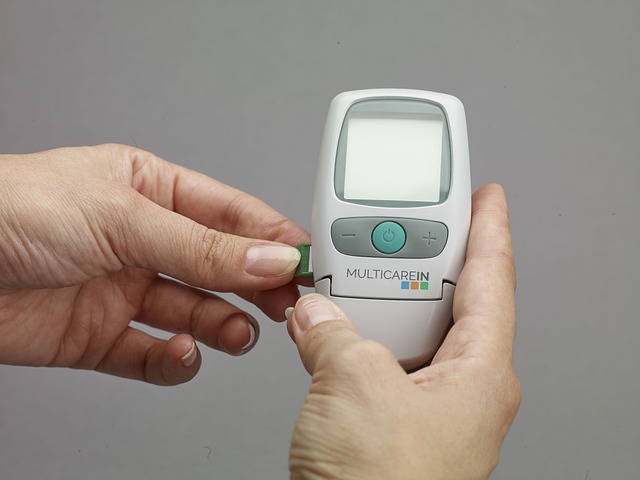
In the realm of medical devices, clear and precise communication is paramount. When it comes to device manuals, accurate translations are not just desirable—they are essential. In the UK, where a diverse language landscape encompasses English alongside numerous regional dialects, ensuring every manual is translated flawlessly is a complex task. Translation services for Medical Device Manuals UK must go beyond simple word-for-word substitutions to grasp the technical nuances and cultural context inherent in medical terminology.
The consequences of inaccurate translations can be grave. Misinterpretations could lead to improper device use, safety risks, and even legal implications. Therefore, translating medical device manuals requires a deep understanding of both languages involved and the specific domain. Professionals engaged in this task must possess expertise in medical science and adhere to industry standards for quality assurance.
The Challenges in Medical Device Manual Translation
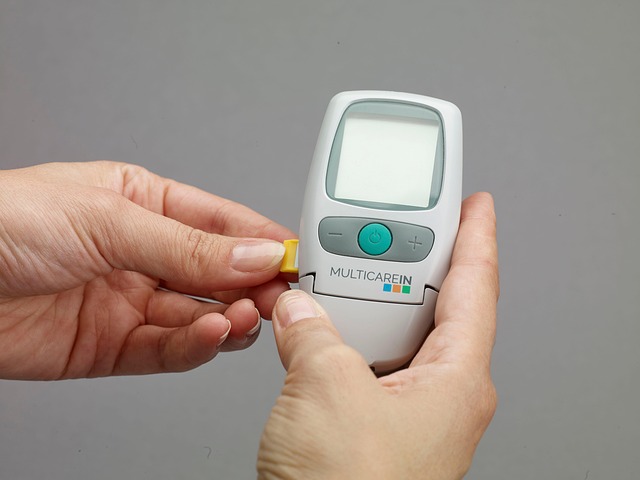
The process of translating medical device manuals presents unique challenges that require meticulous attention to detail and a deep understanding of both the technical terminology and cultural nuances involved. When it comes to life-saving devices, accuracy is non-negotiable; even a slight misstep in translation can lead to serious consequences. Medical professionals rely on these manuals for critical information regarding device operation, maintenance, and safety protocols. Therefore, ensuring precision during the translation process is paramount.
In the UK, where medical standards are stringent, translating device manuals demands a thorough grasp of local regulations and terminology. Translation services must employ native-speaking experts with specialized knowledge in medicine to deliver accurate and culturally relevant content. This involves not just translating words but also adapting the manual for the target audience, ensuring it complies with local guidelines, and maintaining clarity in complex medical instructions.
Choosing the Right Translation Service Provider
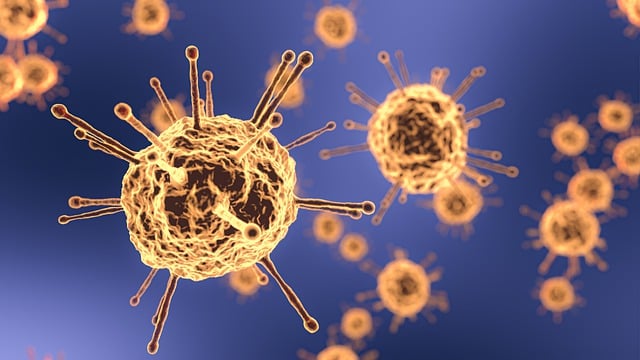
When seeking translation services for medical device manuals, it’s paramount to select a provider with a proven track record in the healthcare industry. Look for companies specializing in scientific and technical translations, ensuring they have experience with medical device documentation. This expertise guarantees a deeper understanding of terminology and regulatory requirements specific to the medical field.
In the UK, several translation service providers offer specialized services tailored to meet these precise needs. Their teams consist of qualified translators who are native speakers or have extensive knowledge of both source and target languages. Reputable companies also employ editors and proofreaders who double-check accuracy and consistency throughout the translation process, ensuring a reliable final product for your medical device manuals.
Ensuring Quality Assurance Processes

Ensuring accurate translations for medical device manuals is paramount, especially in a global market. In the UK, where medical devices are subject to stringent regulations, translation services must adhere to rigorous quality assurance processes. This involves several steps to guarantee precision and compliance. First, translators should possess specialized knowledge in both the source and target languages, ideally with medical or technical expertise. They must also follow standardized terminology to maintain consistency across different manuals.
Quality assurance doesn’t stop at translation. It includes thorough editing and proofreading by subject matter experts who verify the accuracy of scientific data, regulatory compliance, and functional equivalence. Additionally, using advanced translation memory tools can help preserve consistent terminology and improve efficiency. These processes are vital for providing clear, safe, and effective device manuals, ensuring patient safety and regulatory conformity in the UK market.
Language Expertise and Terminology Consistency
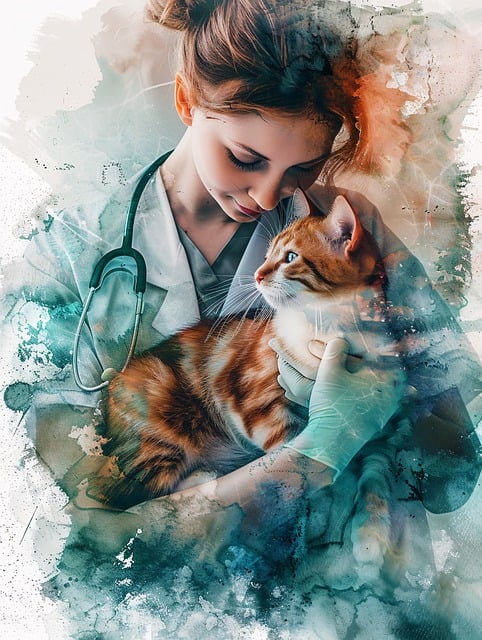
When it comes to translating medical device manuals, accuracy is paramount. Language expertise is crucial; translators must possess a deep understanding of both the source and target languages. They should be well-versed in technical terminology specific to the medical field to ensure precise communication of complex instructions.
Terminology consistency is equally vital. Using consistent terms throughout ensures that users receive clear and unified information, regardless of language. This is particularly important for medical devices with standardized components or procedures. Translation services for Medical Device Manuals UK should employ glossaries and style guides to maintain coherence, making the manual accessible and reliable for a global audience.
Cultural Considerations for Global Compliance

When translating medical device manuals for a global audience, cultural considerations are paramount to ensure accurate communication and compliance. Different countries have unique cultural norms, language nuances, and regulatory frameworks that must be taken into account to avoid misinterpretation or non-compliance with local laws. For instance, what is considered a simple instruction in one culture might be idiomatic or even offensive in another.
Translation services for Medical Device Manuals UK should employ native speakers with expertise in medical terminology and cultural sensitivity. They should also follow industry standards and best practices to guarantee precision and consistency. This includes thorough research into local customs, the use of appropriate tone and language styles, and adherence to regional variations in spelling and formatting. By doing so, these services can help ensure that device manuals are not only linguistically accurate but also culturally sensitive, facilitating their acceptance and effectiveness across global markets.
Using Technology to Streamline Translation
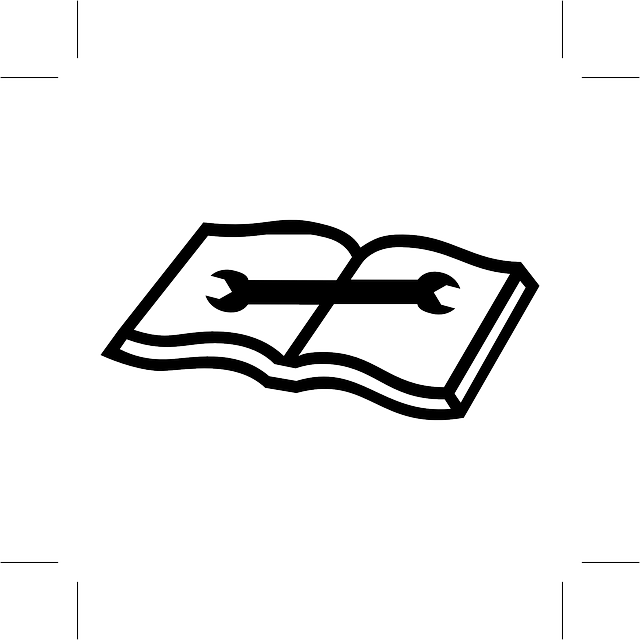
In today’s digital era, technology plays a pivotal role in enhancing efficiency and accuracy in device manual translation services, especially for complex fields like medicine. Professional translation companies now employ advanced tools to streamline the process. Machine translation software can quickly render initial drafts, but it’s the human translators who refine these drafts, ensuring that technical jargon is accurately conveyed and that the context remains intact.
For Translation Services for Medical Device Manuals UK, leveraging technology means utilizing specialized medical terminology databases and industry-specific glossaries to maintain consistency throughout the entire translation process. Automated quality checks can also identify potential errors or inconsistencies, allowing translators to focus on delivering precise, life-saving translations.
Proofreading and Editing for Flawless Documentation

Accurate translation goes beyond simple word-for-word rendering. When it comes to medical device manuals, where precision and clarity are paramount, meticulous proofreading and editing are essential steps in the translation process. This involves a dedicated team of experts who scrutinize the translated text for any linguistic or conceptual errors. They ensure that technical terms are rendered accurately, maintaining the integrity of critical instructions and safety information.
In the UK, where medical device regulations are stringent, relying on professional translation services is crucial. These services employ native-speaking translators with specialized knowledge in medical terminology to deliver flawless documentation. Rigorous editing checks for grammatical consistency, syntax, and readability, guaranteeing that the final manual meets the highest standards of quality and compliance, ensuring patient safety and regulatory adherence.
Creating Comprehensive User Guides
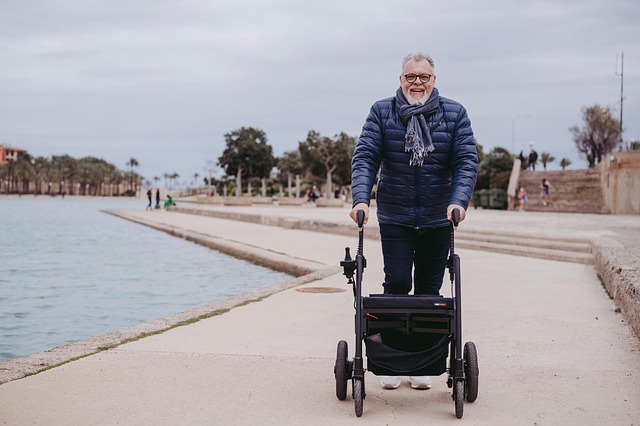
Creating comprehensive user guides is a fundamental step in ensuring accurate translations for medical device manuals in the UK. These guides should include detailed information about the product’s functionality, operation, and maintenance. By providing clear and concise instructions, users from different linguistic backgrounds can navigate and understand the device effectively. A well-structured guide covers various aspects, such as setting up the device, troubleshooting common issues, and highlighting safety precautions, ensuring a seamless user experience regardless of language barriers.
Comprehensive manuals also incorporate visual aids, diagrams, and illustrations to support textual explanations. These visual elements play a crucial role in translation, as they can convey complex information more efficiently. Professional translation services specializing in medical device manuals understand the importance of these visuals and employ skilled graphic designers to adapt them for different languages while maintaining their original intent and accuracy.
Continuous Improvement through Feedback Loops
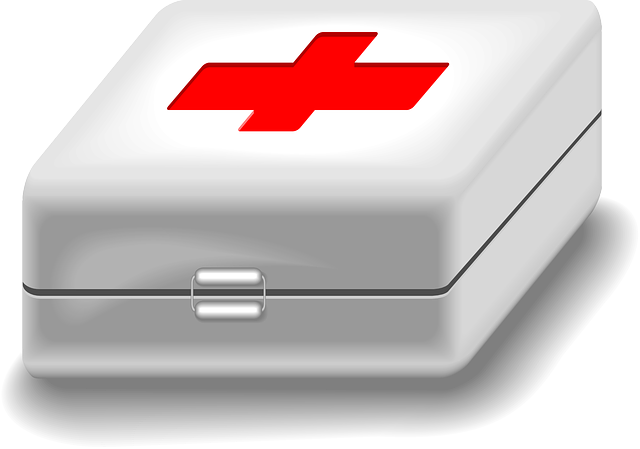
In the dynamic landscape of medical device development, ensuring accurate translations for manuals is paramount. Continuous improvement in translation services for Medical Device Manuals UK plays a pivotal role in this process. Feedback loops are instrumental in enhancing the quality of translations. After each project, a thorough review process should be initiated, involving both translators and clients. This involves comparing the translated manual against the original content to identify nuances, technical terms, and contextual accuracy.
By documenting and analyzing this feedback, translation service providers can refine their processes over time. It enables them to adapt to evolving medical terminology, industry standards, and client-specific requirements. This iterative approach not only improves current translations but also sets a benchmark for future projects, ultimately fostering a culture of excellence in the translation of medical device manuals.
Ensuring accurate translations of medical device manuals is paramount for global compliance and user safety. By selecting reputable translation services in the UK that specialise in medical terminology, implementing rigorous quality assurance processes, and considering cultural nuances, you can create comprehensive user guides that meet international standards. Leveraging technology, such as machine translation and term bases, alongside meticulous proofreading and editing, streamlines the process while maintaining precision. Continuous improvement through feedback loops further enhances the quality of these vital documents, ultimately fostering safer and more effective device utilisation worldwide.
